Brilliant Aux effect chains to enhance your mixes
Follow these step-by-step tutorials to create auxiliary effect and creative chains
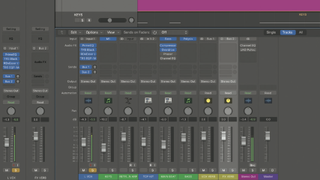
Auxiliary channels and chains are an essential part of any producer's toolkit. Here's how to build them...
1. Auxiliary effect chain #1
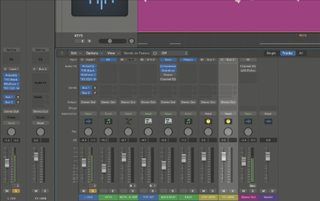
When we set up a basic send/return auxiliary effect, the return effect is often the only plugin on the bus return. For more complex auxiliary effects we can enhance and finesse the effect with some additional plugins, and setting up preset chains for various bespoke effects is a great time-saver. Here are a couple of examples.
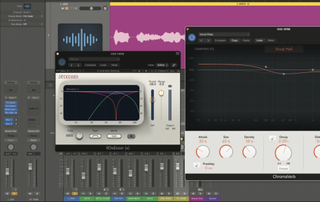
Although we share general auxiliary reverbs in a mix, having a specific vocal reverb is not unusual, and setting up our auxiliary accordingly is a plan. First up, add an EQ and de-esser at the top of the auxiliary. These will pre process the audio before the reverb. Next, add your reverb plugin. Finally, add a post-reverb EQ.
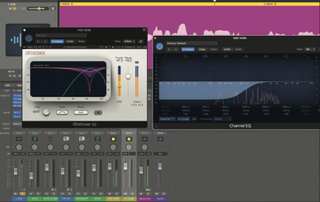
Sibilance can be a problem with bright reverbs, and rather than aggressively de-ess the vocal, this chain allows –us to de-ess the send into the reverb. The other two EQs are there to help tailor the input and output sound as required. Here, we’ve set up our post-reverb EQ to reduce some of the low and mid build-up in the reverb.
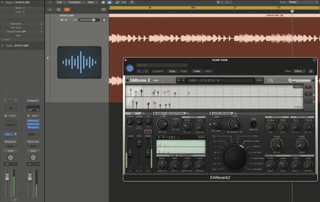
Next, let’s look at a special effect reverb. We normally focus on applying sidechain compression to our main sounds, but it can also work very well when applied to reverbs, creating a washy, pumping effect. Here, we are going to make things even simpler by using level modulation to create said pumping effect.
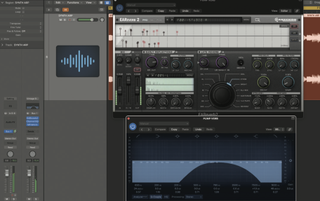
The auxiliary chain starts with our reverb; we then have a tailoring EQ, and finally, a level modulating plugin (in our case, a tremolo plugin). Here, we’ve selected a long reverb, used the EQ to focus the reverb effect on the mid-range, and then set up a quarter note tempo-synced level modulation.
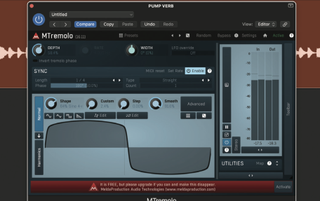
For a pumping effect, set the left/right channel offset to zero, then set up a synced ¼ note modulation, adjusting the shape to taste. Set the wave offset to 180 degrees and you’ll get the classic ‘four to the floor’ kick pumping effect. We’ve saved our chain with a moderate mix/depth and we’ll adjust this each time we load the chain.
Get the MusicRadar Newsletter
Want all the hottest music and gear news, reviews, deals, features and more, direct to your inbox? Sign up here.
2. A more creative Aux chain
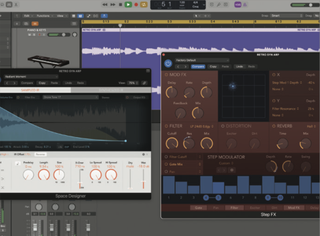
Many of the mixing chains we’ve discussed are quite functional and are really designed to save time and replicate previously honed processing.
However, sometimes you just want something creative and having a ready-made creative chain (or three) provides a quick springboard. Let’s have a look at a few options for transformative effects.
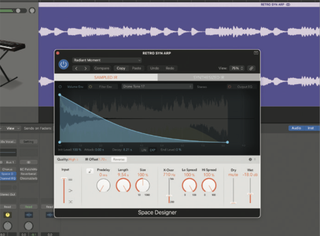
Our first effect is an impulse response processor. This provides a great gateway to transformative effects as you’ll often find a selection of warped or drone impulses are included, but you can of course load up any supported audio file to create transformative (or simply strange) effects. Use the global mix to blend the effect to taste.
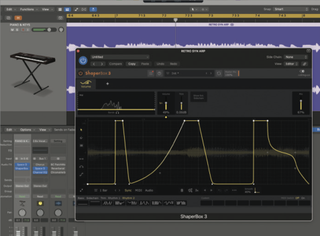
Trance gate, step sequencer and level modulation effects are great for adding rhythmic movement or step-based effects to sounds. There are many options, so choose one that suits you. Here, we’ve loaded up the Volume module from Cableguys’ excellent ShaperBox 3, and this allows us to add quite specific level‑based changes to the sound.
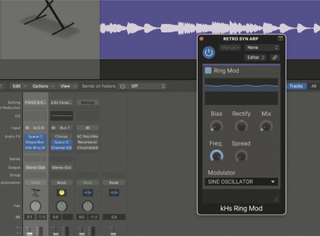
To create more interesting sounds, we often find regular effects such as chorus or phaser are a bit tame. For something a bit more colourful, try a ring modulator or sample rate reducer. Here, we’ve loaded up a pretty basic ring modulation effect, increasing the frequency to find a ringy sweet spot, then using the mix control to blend it to taste.
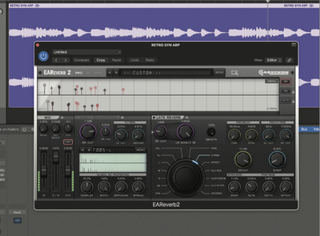
To round out and smear the sound, big reverbs can be a great choice. If you choose a decent quality algorithmic design then there’s plenty of control over the size and decay. Here, we’ve set up a long decay time (about 10 seconds) and also deactivated the early reflections section. Then it’s simply a case of adjusting the wet/dry blend.
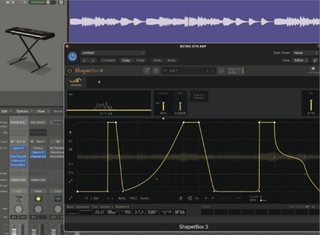
Finally, we’ve loaded these plugins up in a particular sequential order that helps build the effect, but creative effects can be significantly changed if you re-order the plugins. For example, in our chain, if we simply move the volume modulation plugin this has a significant impact. Try swapping around the order of the effects to create new outcomes.
Black box plugins
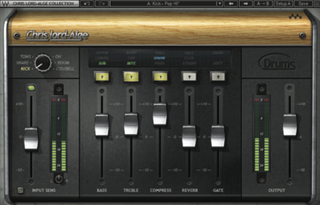
Although it’s great to be able to use and create our own mixing chains, sometimes we just want something quick or simple. Black box plugins take one or more processors to create an easy to use, task-specific design. At the simplest level they include basic single dial plugins, where one control simultaneously sets multiple parameters. Examples include Audified’s VocalMint compressor, Softube’s Drawmer S73 intelligent mastering processor, and Waves’ One Knob series, which includes eight processors including Brighter, Pumper and Louder.
As the underlying processing chains get more complicated, the number of controls tends to increase, but you’re still left with fewer parameters to tweak than regular plugins, and all from one interface, of course. As there’s no right or wrong way to design these sorts of plugins, in practice, there’s plenty of variety. One of our faves is Mixing Night Audio’s LOLCOMP (you can download our unique version of this). Under the hood this mixing chain plugin includes five very different processing chains designed to target regularly encountered tasks such as vocal processing, low frequency processing, adding punch, sweetening and distortion.
A completely different concept is Cradle’s God Particle plugin, which provides a combination of limiting and enhancement and is a wonderful sweetener for submixes and the mix bus.
Waves have a number of artist-specific designs, including contributions from Chris Lord-Alge, Tony Maserati and Manny Marroquin. These task-specific plugins deliver complex under the hood processing via a handful of macro controls offering a quick and curated pathway to better results.
Finally, if you fancy winding up your friends or clients, why not try JST Black Box (it’s free). It looks like a plugin, has a handful of nice one-knob effects (Stereo Spreader, Deep End, Punch It Up), but actually does absolutely nothing (or does it?).
Most Popular

